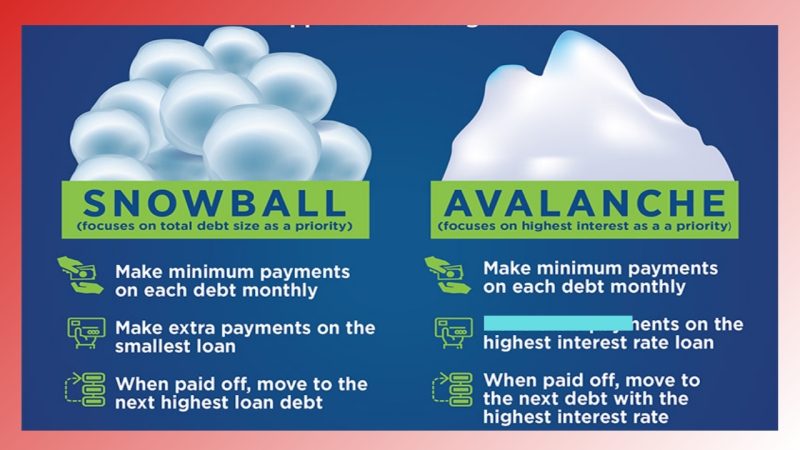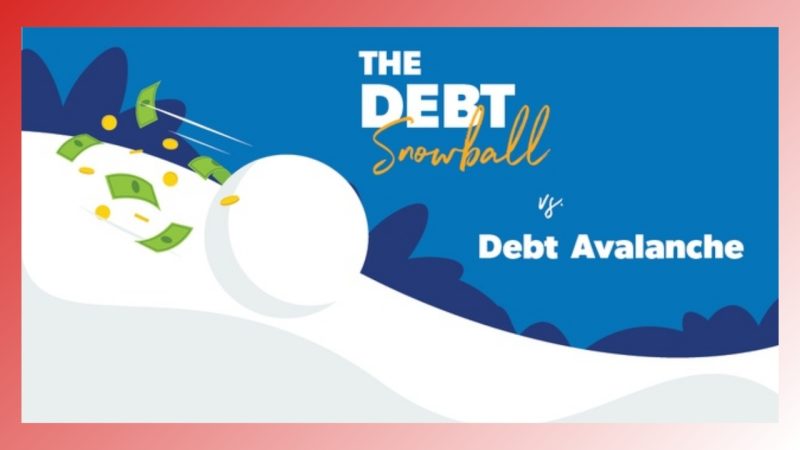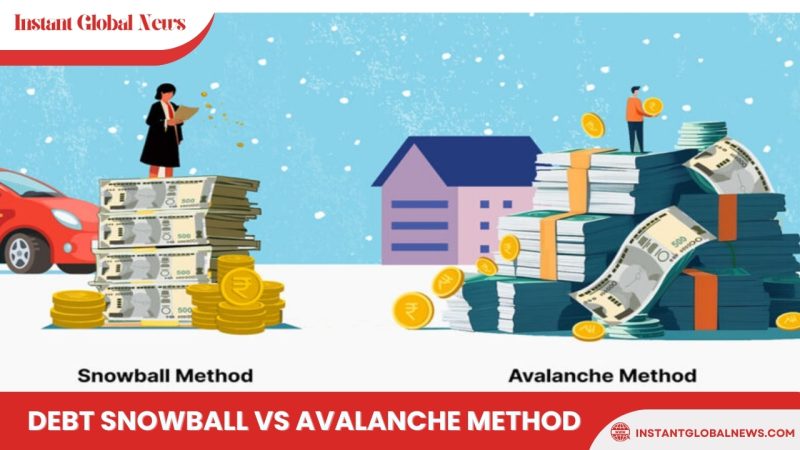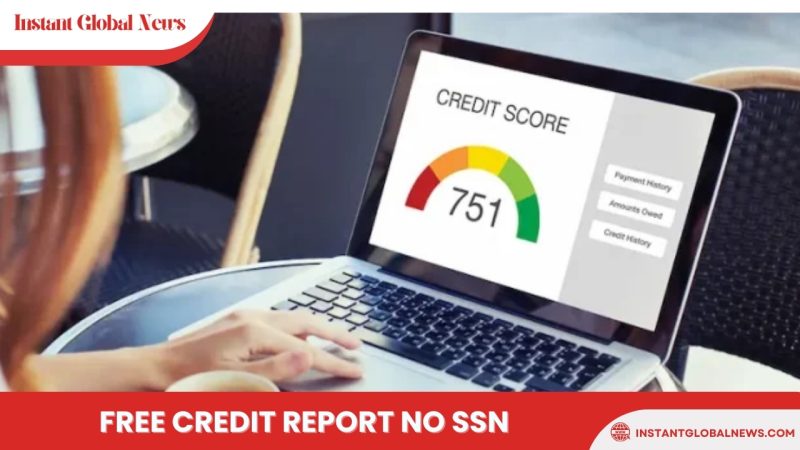Trying to pay off your debt can feel overwhelming, but there are strategies that can help. Two popular methods for paying down debt are the snowball method and the avalanche method. Each approach has its own advantages and disadvantages, and the best method for you depends on your unique debt situation. In this article, we’ll explore both methods and provide insight on how to choose the right one for you.
What to Know about the Snowball vs. Avalanche Method
The snowball method involves paying off the smallest debts first, while the avalanche method focuses on paying off high-interest debts first. Let’s take a closer look at each method:
Snowball Method
The snowball method is all about momentum. With this approach, you start by paying off your smallest debt as quickly as possible. Once that debt is paid off, you take the money you were putting towards its payment and roll it onto the next-smallest debt. This process continues until all your accounts are paid off. As you roll the money from the smallest balance to the next on your list, the amount “snowballs” and gets larger, accelerating the rate at which your debt is reduced.
Avalanche Method
The avalanche method, on the other hand, focuses on paying off debts with the highest interest rates first. Similar to the snowball method, once you pay off a high-interest debt, you put that money towards the debt with the next highest interest rate, and so on, until you are debt-free. By prioritizing the loans that are the most expensive to carry in the long run, you should pay less over time as the higher-interest loans are addressed first.
While the avalanche method may save you some money, it can be discouraging and challenging to stick to the plan, especially if the principal is large. On the other hand, the snowball method allows you to see progress quickly, which can be motivating. If you prefer a sense of accomplishment and enjoy the feeling of paying off debts one by one, the snowball method may be the better fit for your debt management goals.

Putting the Different Methods to Work
To apply either the snowball method or the avalanche method to your financial situation, it’s essential to get organized. Here’s how you can do it:
Snowball Method
- Make a list: Organize your payment information, including the total amount owed, minimum monthly payments, and due dates.
- Sort them out: Arrange your list of accounts from the smallest to the largest amount owed.
- Budget beyond the minimum: Determine how much extra you can afford to put toward the monthly minimum payment for your smallest debt after paying the minimum payments on all your other outstanding debts.
- Roll over payments as you make progress: When you’ve paid off the smallest debt, take the money previously used (the monthly payment and the extra amount you budgeted) and put it towards the next-smallest debt.
Avalanche Method
- Make a list: Organize your payment information, including the total amount owed, minimum monthly payments, and due dates.
- Sort them out: Arrange your list of accounts from the highest interest rate to the lowest interest rate.
- Budget beyond the minimum: Determine how much extra you can afford to put toward the monthly minimum payment for your highest interest rate account after paying the minimum payments on all your other outstanding debts.
- Roll over payments as you make progress: When you’ve paid off the debt with the highest interest rate, take the money previously used (the monthly payment and the extra amount you budgeted) and put it towards the next-highest interest rate account debt.
Perfecting Your Debt Pay Down Strategy
In addition to choosing a method, there are a few important considerations to keep in mind:
- Build an emergency fund: Before starting any debt pay down method, it’s crucial to have a safety net in place. Unexpected expenses can arise, such as medical bills or car repairs, and having funds to rely on will prevent you from going further into debt.
- Stay up-to-date on payments: Ensure you are current on all your bills before starting either the avalanche or the snowball method. Late payments will only complicate your debt situation. If necessary, contact your lenders to discuss possible options for adjusting payment due dates.
- Track your spending: Be mindful not to accumulate additional debt while working to pay down your existing debt. Keep a close eye on your spending to ensure you stick to your budget and avoid unnecessary purchases. It’s also important to monitor how your credit score changes throughout the process, as paying down your debts can help improve your score over time.
Remember, regardless of which method you choose, paying off debt takes time and dedication. Stay focused on your end goal and avoid adding new debts. With commitment and control, your existing debts will gradually melt away.

FAQs
Q: Which method is better for paying off debt quickly?
A: The snowball method allows you to see progress quickly and may be a better fit if you prefer small wins along the way. However, if you have larger balances with higher interest rates and are patient and analytical, the avalanche method may save you more money in the long run.
Q: Can I use a combination of both methods?
A: Yes, there’s no rule against using a combination of both methods. You can choose to pay off small debts first to gain momentum and motivation, and then focus on high-interest debts to save money over time.
Q: Are these methods suitable for all types of debt?
A: The snowball and avalanche methods can be applied to most types of debt, including credit card debt, student loans, and personal loans. However, it’s important to consider any specific terms or conditions associated with each debt and adjust your strategy accordingly.
Conclusion
When it comes to paying down debt, finding the right method for you is crucial. The snowball method offers quick wins and motivation, while the avalanche method focuses on saving money in the long run. By assessing your own financial situation, organizing your debts, and staying committed to your chosen method, you can achieve your goal of becoming debt-free. Remember to build an emergency fund, stay current on your bills, and track your spending as you work towards financial freedom.


